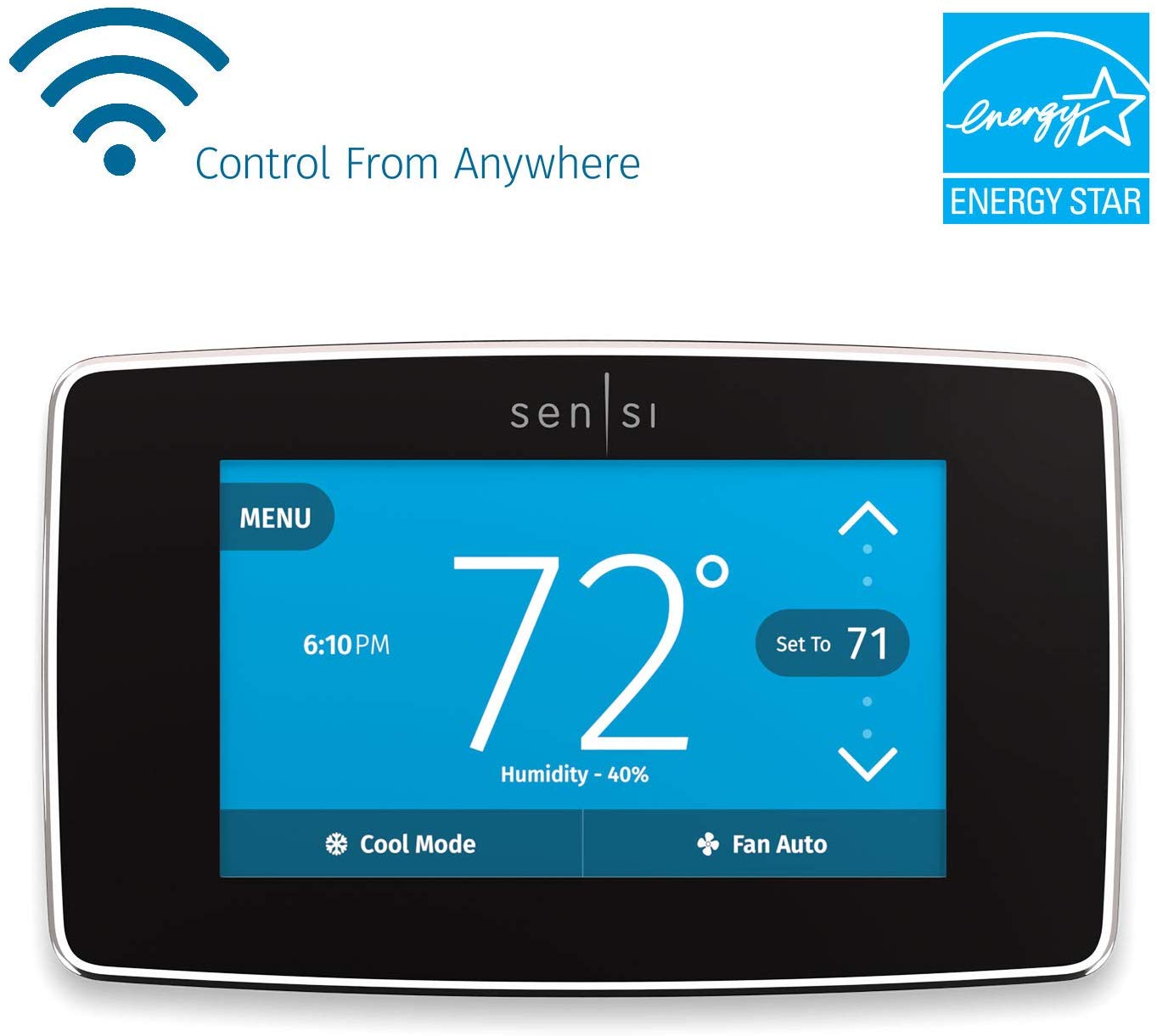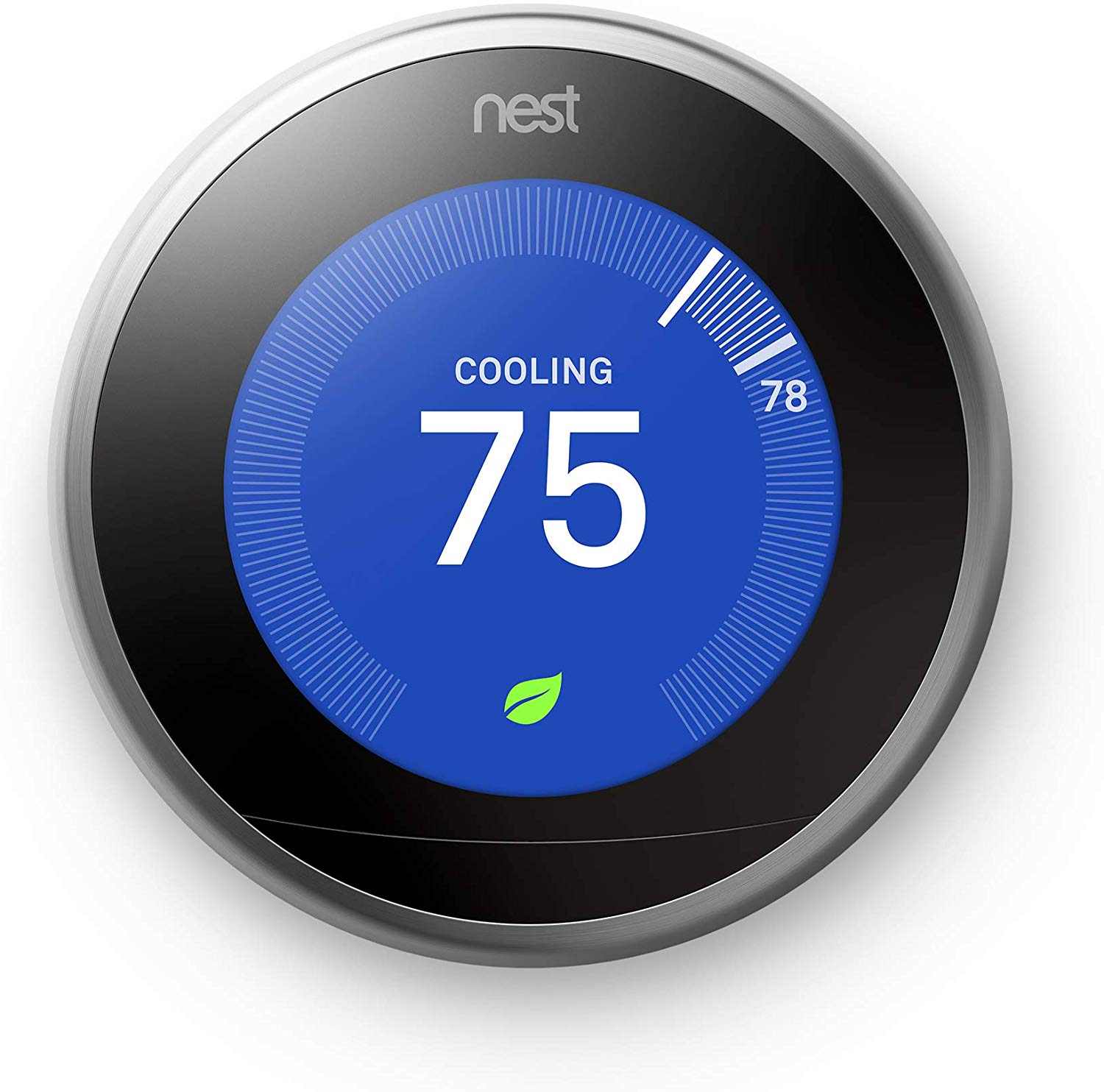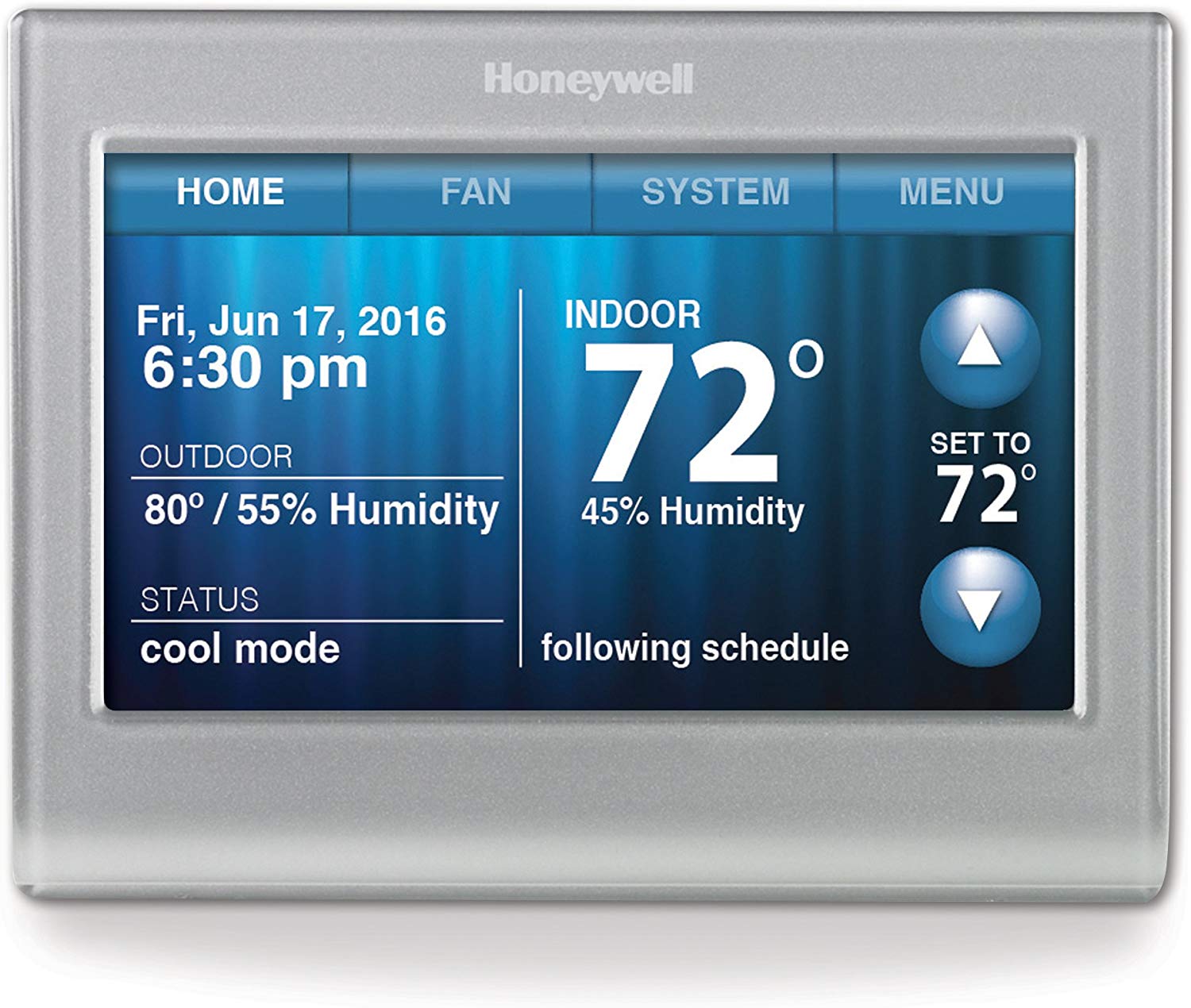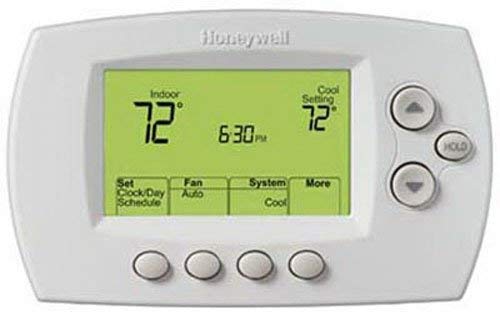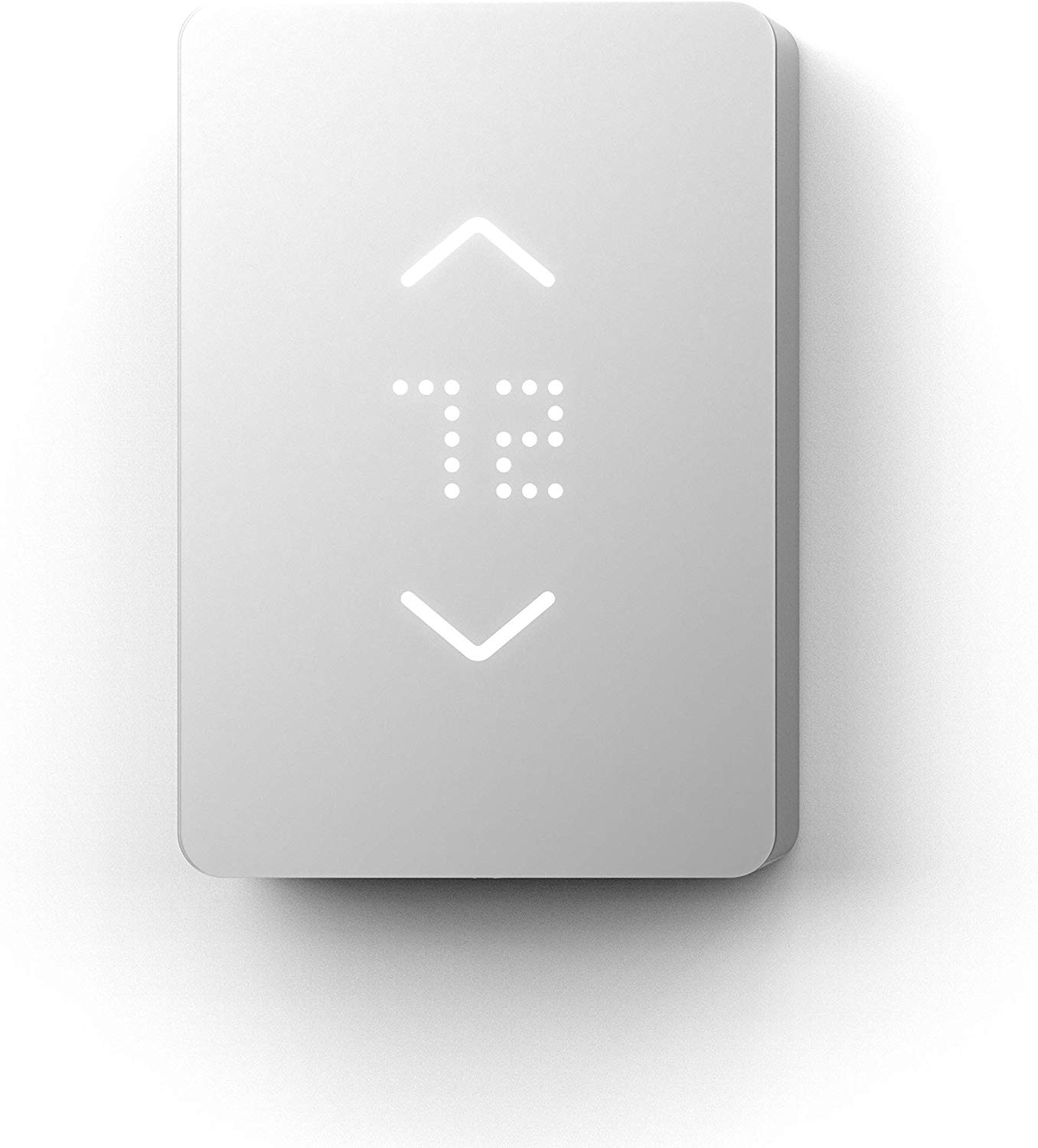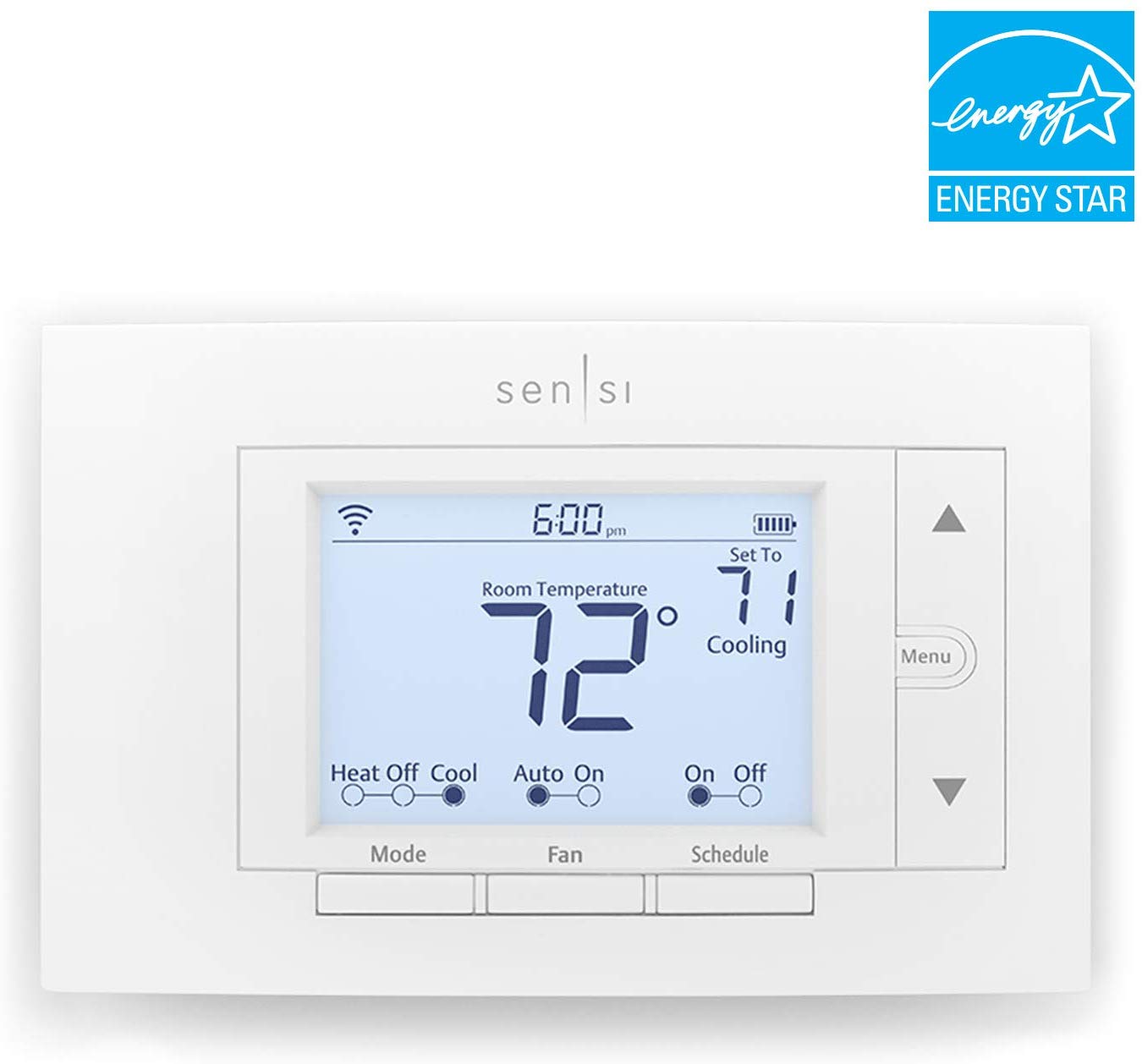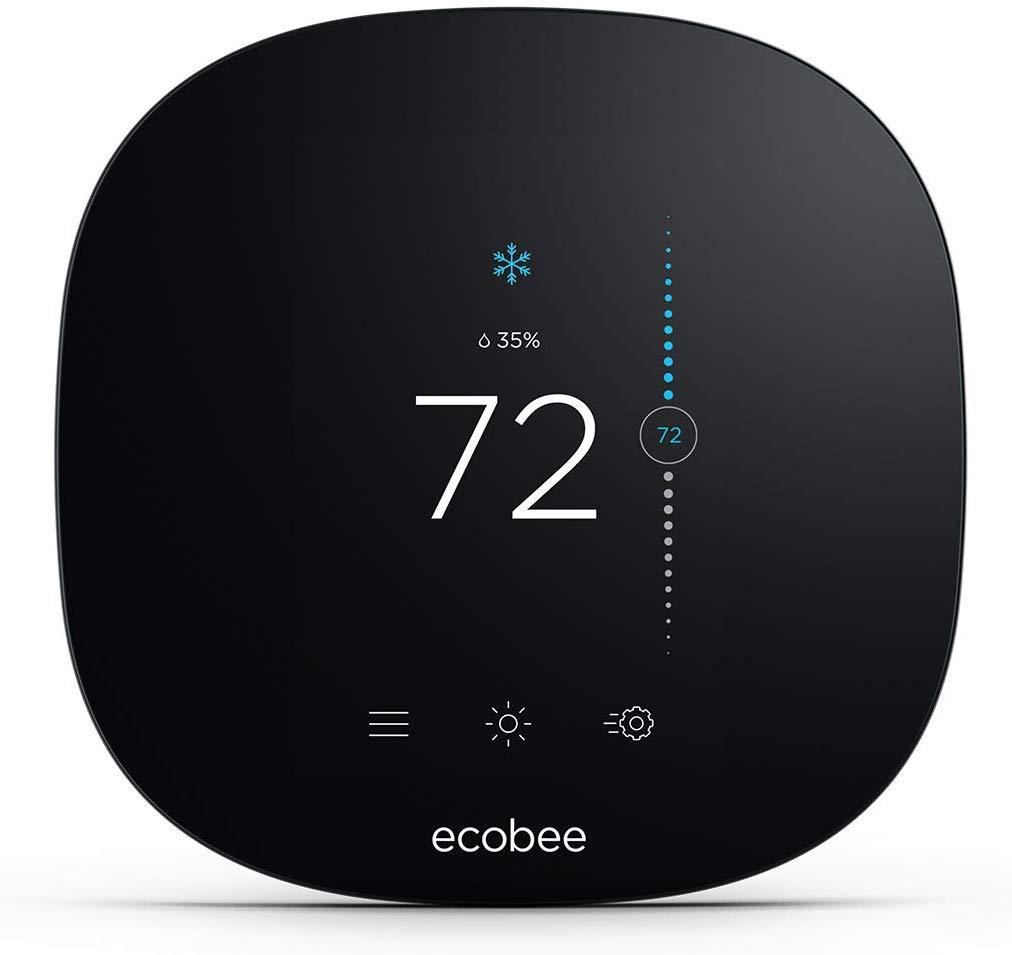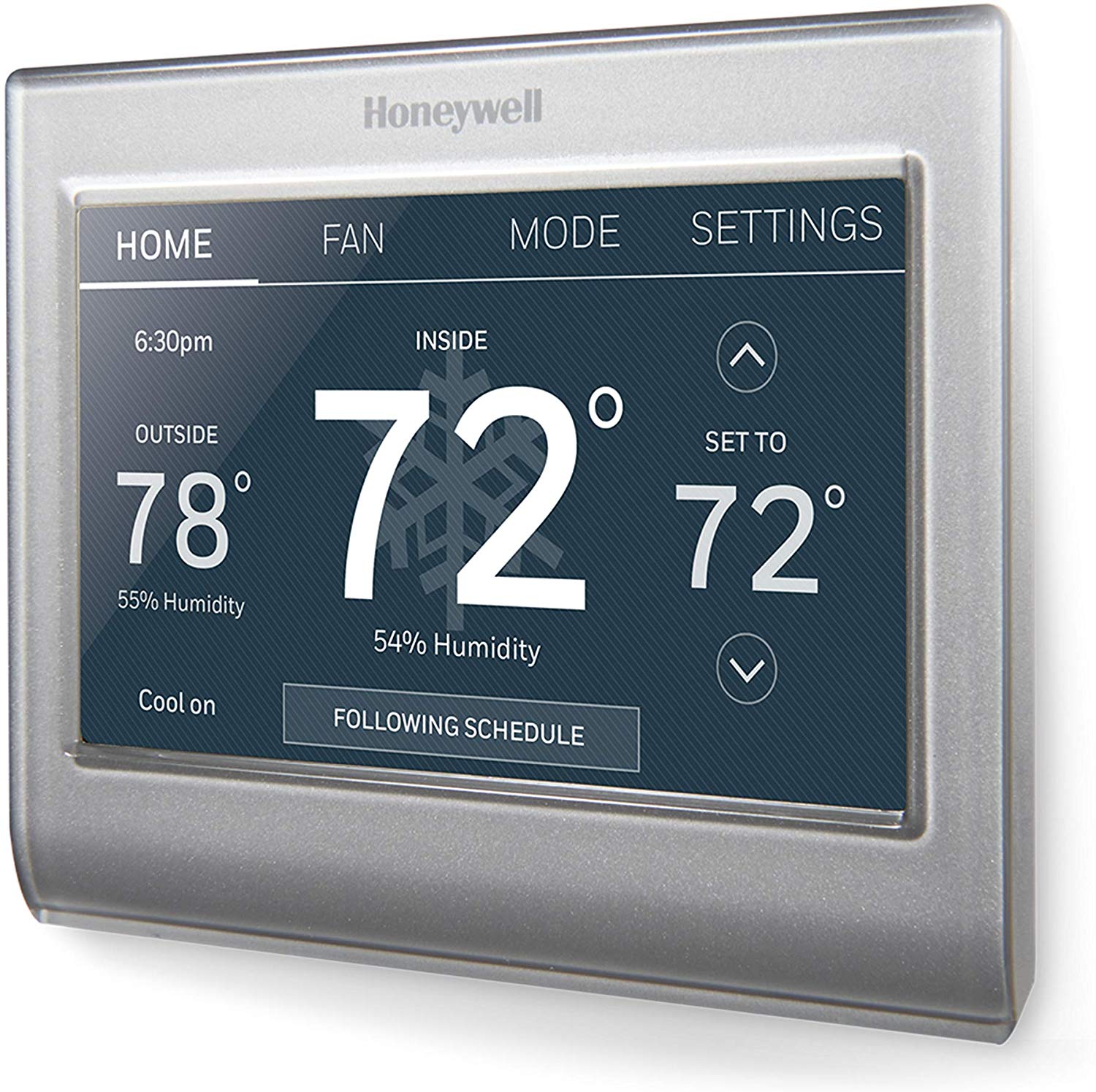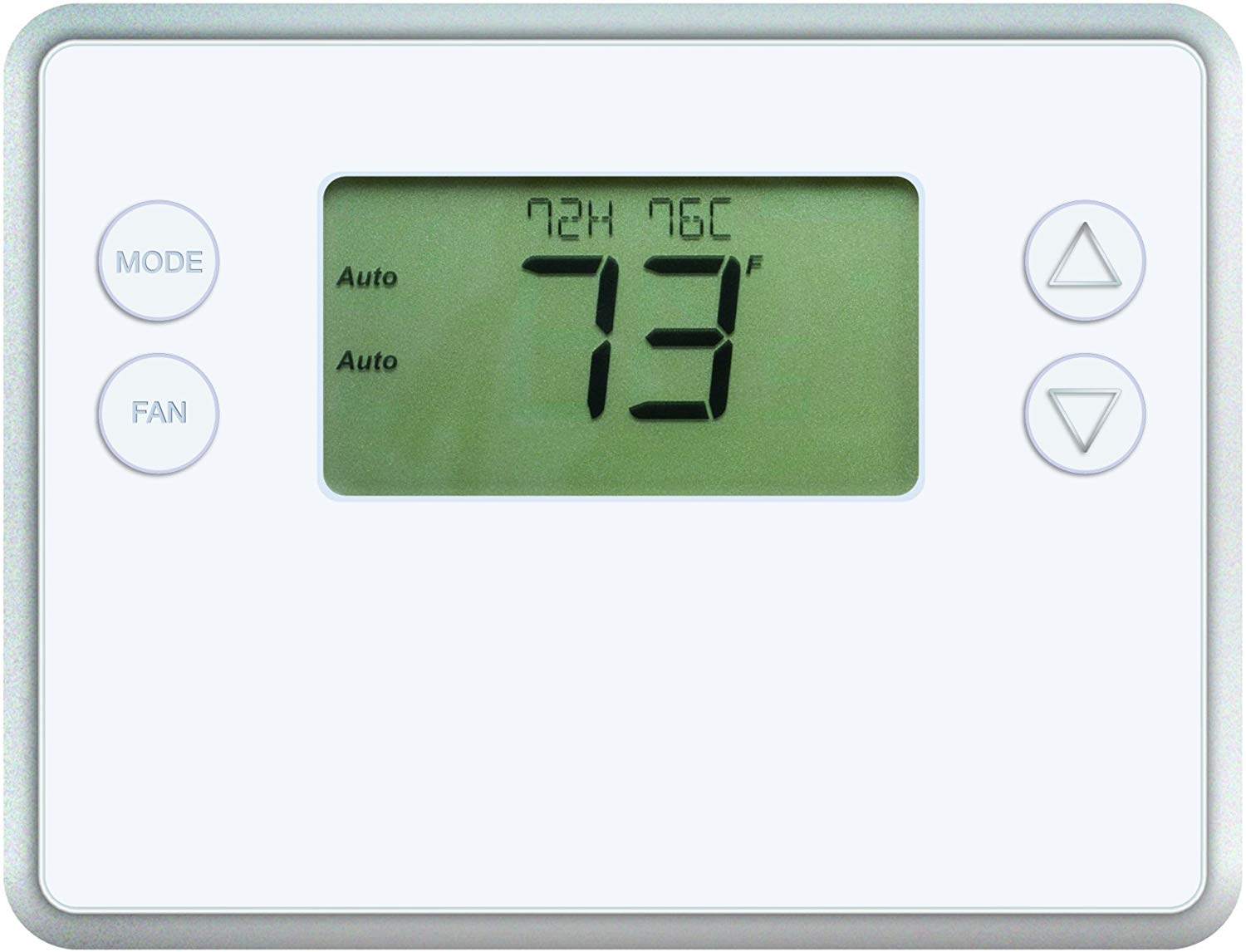Emerson Sensi Touch Wi-Fi Smart Thermostat
Last updated: December 17, 2019
We looked at the top Smart Thermostats and dug through the reviews from some of the most popular review sites. Through this analysis, we've determined the best Smart Thermostat you should buy.
Product Details
In our analysis of 124 expert reviews, the Emerson Sensi Touch Wi-Fi Smart Thermostat placed 8th when we looked at the top 9 products in the category. For the full ranking, see below.From The Manufacturer
The Sensi Touch Wi-Fi smart thermostat puts comfort control at your fingertips whether you are at home or on-the-go. Just a tap of the easy-to-use touchscreen display or free mobile app lets you remotely access, change or program your home temperatures – anytime. Anywhere. Designed to work with HVAC equipment in most homes*** (U.S. & Canada only), Sensi mobile app guides you through each step of the DIY installation process. Most people install Sensi in 30 minutes or less**. A common wire (c-wire) is required for all system types. Refer to our online compatibility resources at sensi.emerson.com/compatibility to make sure Sensi thermostat will work in your home. Once your Sensi thermostat is up and running, you can let your location automatically adjust your temperature settings with geofencing or use the intuitive controls to create a custom schedule, to save about 23% on your HVAC energy usage*. Plus, your Sensi thermostat integrates directly with Alexa, Apple HomeKit, Google Assistant and Wink home automation platforms to give you a complete smart home experience. Set, lower or raise your home temperature with simple voice commands using Alexa or control your Sensi thermostat using Siri on your iPhone or iPad. Connect to comfort in color with thoughtful design features like intuitive menus, easy-to-read temperatures, back glow, precision temperature control, smart alerts and more. What’s more, Sensi Touch Wi-Fi thermostat has been named the ‘best overall’ smart thermostat of 2017, 2018 and 2019 by USA Today’s Reviewed.com. *Energy savings calculated by comparing operation time for a nationwide sample of Sensi users with temperature adjustments averaging 4 degreeF vs. users with no adjustments. Savings vary based on equipment type/condition, insulation, climate & temperature adjustment size/frequency. **Based on survey results of 2120 respondents that purchased and installed a Sensi thermostat in 2018, approximately 70% reported installing in 30 minutes or less. Adding a common wire may impact installation time. ***Does not work with electric baseboard heat and some other systems. System requirements for mobile app: iOS – 10.0 or above Android – 4.2 or above (5.0 or greater to use the Geofencing feature).
Our Expert Consultant

Home Improvement Expert
Vicki Liston writes, produces, and narrates “On The Fly…DIY,” an award-winning home improvement and DIY show of unique project tutorials for the casual DIY’er.
Home improvement and all things DIY have been Liston’s passion since she bought her first house in 2007 and she started making video blogs in 2014. She’s performed hundreds of DIY projects, from small ones to major, wall-smashing renovations and can teach you how to make a trendy DIY barn door for cheap. The proceeds earned from “On The Fly…DIY” are donated to no-kill animal shelters and rescue organizations.
